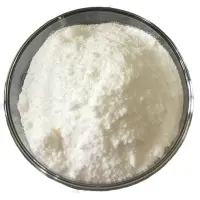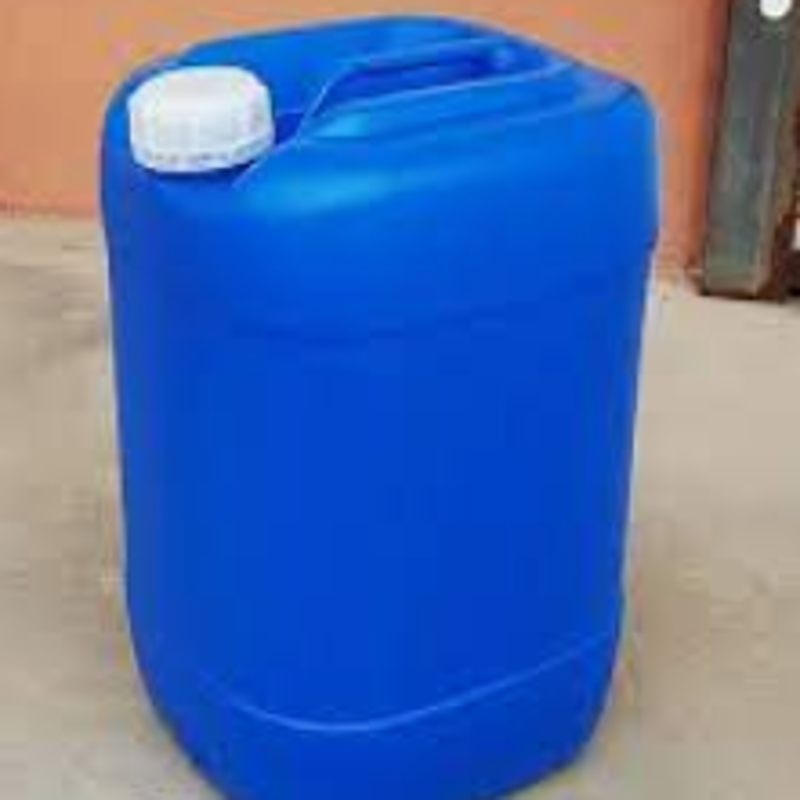-
Categories
-
Pharmaceutical Intermediates
-
Active Pharmaceutical Ingredients
-
Food Additives
- Industrial Coatings
- Agrochemicals
- Dyes and Pigments
- Surfactant
- Flavors and Fragrances
- Chemical Reagents
- Catalyst and Auxiliary
- Natural Products
- Inorganic Chemistry
-
Organic Chemistry
-
Biochemical Engineering
- Analytical Chemistry
-
Cosmetic Ingredient
- Water Treatment Chemical
-
Pharmaceutical Intermediates
Promotion
ECHEMI Mall
Wholesale
Weekly Price
Exhibition
News
-
Trade Service
The Production Process of Carbosulfan: An Overview of Chemical Industry
Carbosulfan is an organic chemical compound that is widely used in the manufacturing of various products.
It is used in the production of pesticides, pharmaceuticals, and other chemical products.
The production process of Carbosulfan is a complex and multi-stage process that involves several steps.
In this article, we will provide an overview of the production process of Carbosulfan, including the raw materials required, the various stages of production, and the final product.
Raw Materials Required for Production
The production of Carbosulfan requires a variety of raw materials, including olefin, hydrogen sulfide, and sodium hydroxide.
These raw materials are procured from reliable suppliers in the chemical industry and are subject to strict quality control measures to ensure their purity and quality.
Stages of Production
The production process of Carbosulfan can be divided into several stages, including:
Stage 1: Olefin Production
In this stage, the raw material olefin is processed to produce a high-purity form of the compound.
This involves a series of chemical reactions that are carried out in a controlled environment to ensure the purity of the end product.
Stage 2: Hydrogen Sulfide Production
In this stage, the raw material hydrogen sulfide is produced by a process known as catalytic hydrogenation.
This involves the use of a catalyst to convert the raw material into a high-purity form.
Stage 3: Sulfuric Acid Production
In this stage, the raw material sodium hydroxide is mixed with the hydrogen sulfide produced in the previous stage.
This results in the formation of sulfuric acid, which is a key intermediate in the production process of Carbosulfan.
Stage 4: Carbosulfan Production
In this final stage, the intermediate products produced in the previous stages are combined and subjected to a series of chemical reactions.
These reactions result in the formation of Carbosulfan, which is then purified and packaged for distribution.
Quality Control Measures
The production process of Carbosulfan is subject to strict quality control measures to ensure that the final product meets all relevant safety and performance standards.
This involves testing the final product for its purity, stability, and other key properties.
Any products that fail to meet the required standards are rejected and the production process is adjusted to ensure that the issue is addressed.
Environmental and Safety Considerations
The production of Carbosulfan is subject to a range of environmental and safety regulations to protect the health of workers and the environment.
This includes measures such as:
- Proper disposal of hazardous waste products
- Use of protective equipment for workers
- Safe storage and handling of raw materials and final products
- Compliance with relevant environmental regulations
Conclusion
The production process of Carbosulfan is a complex and multi-stage process that involves several key steps.
It requires the use of a variety of raw materials and is subject to strict quality control measures to ensure the safety and performance of the final product.
The production process is also subject to environmental and safety regulations to protect the health of workers and the environment.
With proper management and control, the production of Carbosulfan can be a safe and effective process for the production of a range of chemical products.







